Related products
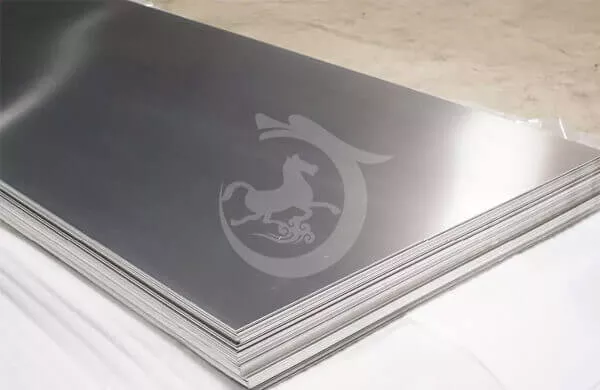
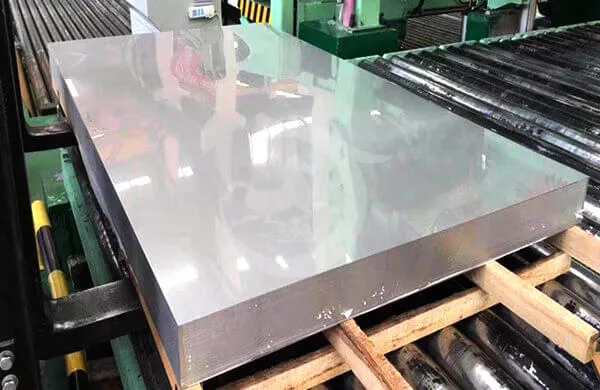



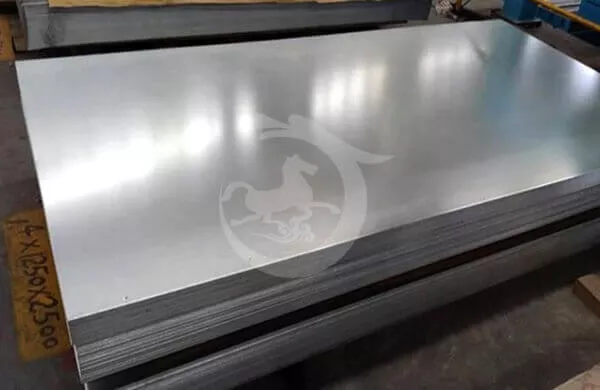
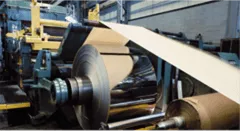

live a message
Alloy 347H (UNS S3409) stainless steel plate is the higher carbon (0.04 – 0.10) version of the alloy. It was developed for enhanced creep resistance and for higher strength at temperatures above 1000°F (537°C). In most instances, the carbon content of the plate enables dual certification.
Grade | 201/202/301/303/304/304L/316/316L/321/310S/401/409/410/420J1/420J2/430/439/443/444 |
Length | 2000mm, 2438mm, 2500mm, 3000mm, 6000mm or as required |
Width | 1000mm, 1219mm, 1240mm, 1500mm, 1800mm, 2000mm |
Color | Golden, Black, Sapphire Blue, Brown, Rose Gold, Bronze, Silver, ect |
Technique | Cold Rolled; Hot Rolled |
Standard | astm |
Surface Finish | BA/2B/NO.1/NO.3/NO.4/8K/HL/2D/1D/Embossing/ Satin/ Mirror ect. |
Material | 201/202/309/309S/310/310S/304/304L/316/316L/316T |
Lead Time | 8-14 working days after the receipt of 30% deposit |
Price Terms | FOB, EXW, CIF, CFR |
Application | Interior/Exterior decoration;Construction;Elevator; Kitchen; Ceiling; Cabinet; Advertising nameplate; Roof structure; Shipbuilding |

We are happy to answer any questions you have regarding our product lines and services. Please tell us a little more about yourself and we will have someone contact you as soon as possible.
Speak to a Steel Expert

Behind the growth and success ofuaima Steel is years of hard work and dedication in the steel industry and meeting customers' needs on time. Advanced technology, standard products, certified quality standards and the best customer service make l is years of hard work and dedication in the steel industry and meeting customers' needs on time. Advanced technology, standard products, certified quality standards and the best customer service make Kuaima Steel a true leader in zhe global marker
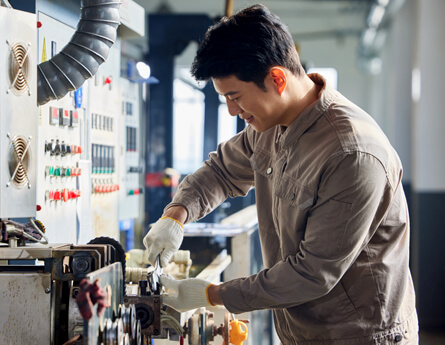

quality & experience
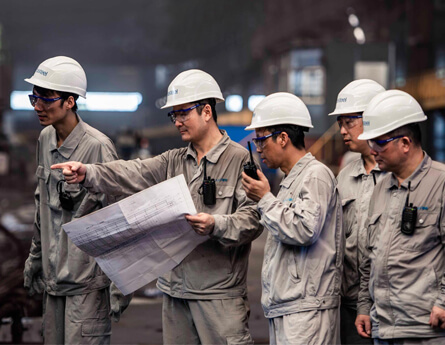

Technology & Innovation


Team & Quality


Service & Support
| ss 304 plate price today | 304 ss sheet price |
| stainless steel tread plate | stainless steel threshold plate |
| stainless steel floor plate | 316l stainless steel sheet |
| stainless steel mending plate | electroplated stainless steel |
| stainless steel plate suppliers | 10mm stainless steel plate |
| stainless steel flat plate | 5mm stainless steel sheet |
Every industry has its unique set of material specifications and needs. That’s why you can count on the exceptional experience and industry knowledge of the professionals at Kuaima Steel - Meeting the Exact Needs of Every Industry That Uses steel.
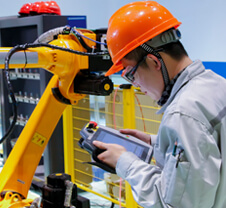


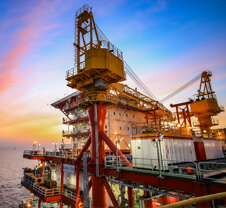



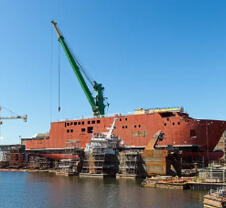


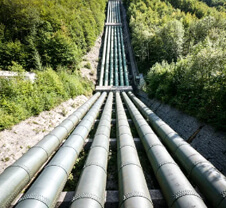

We are a well known worldwide exporter of Stainless steel plate Qatar, Ireland, Portugal, Gambia, Thailand, Ukraine, United Kingdom, Netherlands, South Africa, Spain, Turkey, Italy, Libya, Romania, Puerto Rico, Azerbaijan, United Arab Emirates, Pakistan, Philippines, Ghana, Slovakia, Germany, Saudi Arabia, Afghanistan, China, Bolivia, Switzerland, Bangladesh, Taiwan, Oman, Egypt, Greece, Norway, Singapore, Bulgaria, Estonia, Belgium, Yemen, Hong Kong, Ecuador, Sri Lanka, Nepal, Belarus, Finland, Gabon, Iran, Canada, Argentina, Lebanon.


 WeChat
WeChat